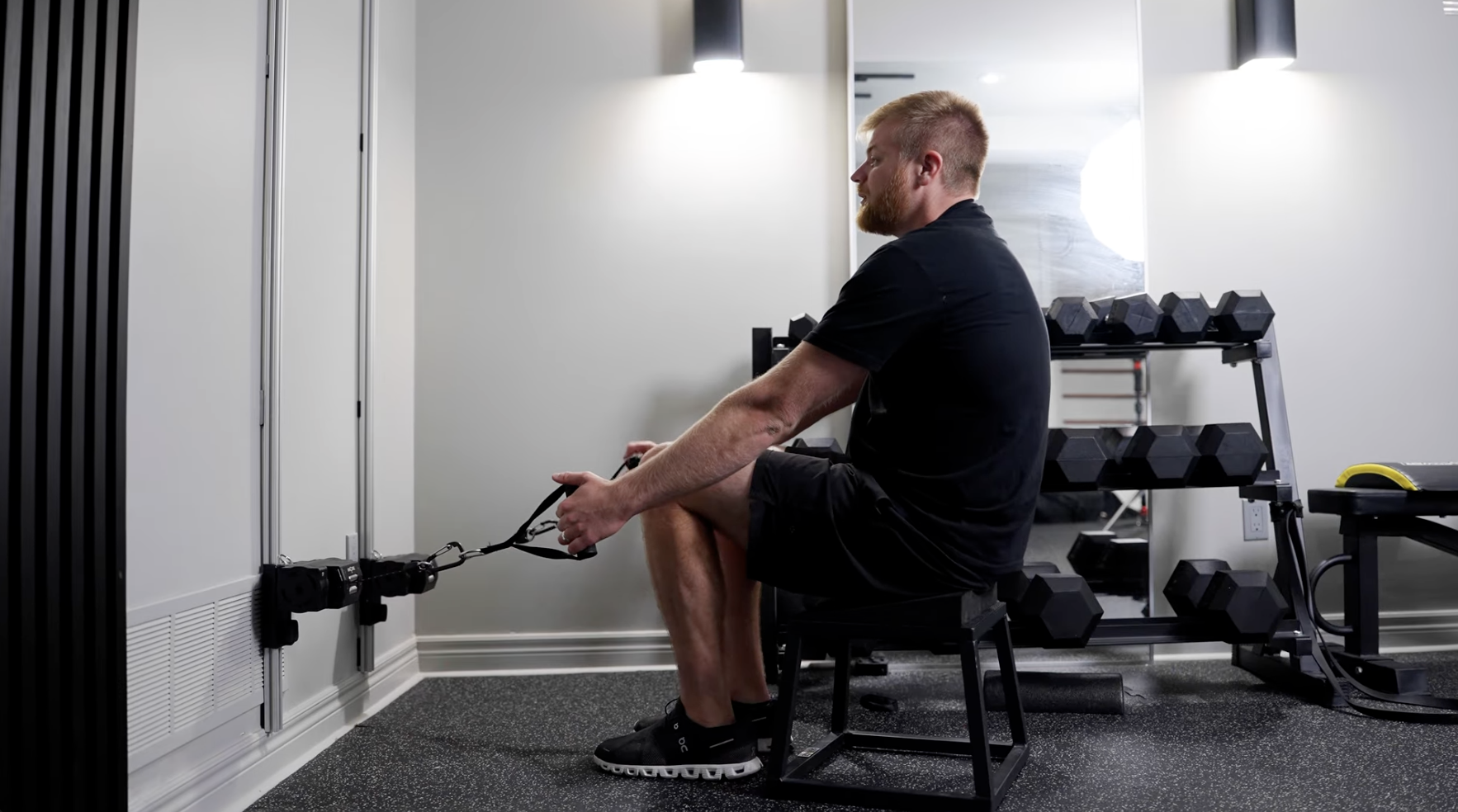Why Stretching is NOT the answer when it comes to fixing posture.
Oct 23, 2025
If you’ve ever been told to stretch to improve your posture, you’re not alone.
But the truth is, stretching doesn’t change posture.
In fact, in many cases, it can actually make it worse.
To understand why, we need to look deeper than the muscles themselves and focus on what really drives posture: joint position and center of mass.
Posture Starts With Position
Your posture isn’t determined by how flexible or “tight” your muscles are- it’s determined by the position of your joints and how your body manages pressure and load.
Think about it like this:
If your shoulders are rounded forward, it’s easy to assume your pecs are tight and need to be stretched.
But what’s really happening is that your shoulder and ribcage have shifted forward, often because your body’s center of mass has moved in front of your base of support.
When that happens, your muscles start reacting to stabilize you in this new position.
They’re not the cause of the posture- they’re a response to it.
The Role of Force Production
To make sense of this, picture a bench press.
When you push the bar away, your body naturally moves into internal rotation to produce force.
But if you’re missing internal rotation at the shoulder, your body will find it elsewhere- usually by pushing the ribcage forward and arching through the lower back.
That forward shift allows you to produce the force you need, but it also creates a chain reaction:
- The shoulders round forward
- The ribcage tips toward the toes
- The pelvis follows
- And now your “poor posture” is locked in
So instead of stretching the pecs, we need to restore the joint position that allows proper movement in the first place.
Center of Mass and Internal Pressure
Postural compensations happen when the center of mass drifts forward and the joints can’t move through their full range of motion.
Inside the body, internal pressures play a major role in this.
For example:
- When the pelvis is externally rotated and the ribcage stays inhaled, the shoulder blades tend to squeeze together and the chest stays lifted.
- When the pelvis is internally rotated and the ribcage stays exhaled, the shoulder blades move apart and the chest collapses forward.
Both scenarios limit joint motion and alter how the muscles behave.
So if you want to change posture, you can’t just stretch or strengthen one side- you have to address how these internal pressures interact.
Compression, Decompression, and the Ribcage
A more sustainable way to improve posture is by balancing compression and decompression across the body.
That means learning how to move air and load through the right spaces.
When you restore proper breathing mechanics, your joints can move more freely.
Your body no longer needs to “lock down” certain areas for stability, and muscles can do their jobs more efficiently.
This is why exercises that improve ribcage expansion and pelvic control are far more effective than static stretching.
They help reposition your center of mass, open restricted areas, and reduce unnecessary tension.
Two Exercises That Actually Help
Here are two of my go-to positions for improving posture and restoring joint mechanics:
1. Short-Seated Cable Row
Sit so your knees are slightly higher than your hips, with the cable set to a low position.
Let the cables gently pull you forward to find your setup, then press through your feet to shift your body back.
As you hold tension through your legs, take slow breaths into your lower ribs and back- you should feel expansion through the backside of your ribcage.
Stay tall without flaring your ribs.
This helps you open the upper back and hips while reinforcing a better center of mass position.

2. Supported Prone Sphinx
Lie on your stomach with a pad, towel, or small pillow under your ribcage.
This support keeps your ribs from collapsing forward and opens up the lower portion of the ribcage.
Place your elbows slightly out from your shoulders and press gently through your forearms, lifting your chest between your shoulder blades.
Keep your chin slightly lifted to maintain an open airway and avoid flaring your ribs.
You should feel gentle expansion through your upper chest and mid-back.
Both of these positions teach your body to breathe, load, and move through the right spaces- without forcing range of motion or relying on passive stretching.

Watch the full breakdown of these movements over on YouTube.
The Real Fix for Posture
Stretching might give temporary relief, but it doesn’t address the underlying mechanics that cause postural limitations.
To make lasting changes, you need to restore joint position, rebalance internal pressure, and retrain your center of mass.
Once you do that, posture improves naturally- and stays that way.
Ready to Put It Into Practice?
If you want a simple, structured way to improve your posture and movement in just minutes a day, check out the Resilient Posture Program.
This 6-week self-paced program walks you through daily exercises that:
- Restore ribcage and pelvic alignment
- Improve breathing mechanics
- Reduce tension from the inside out
You’ll learn how to fix posture by addressing the real cause- not just the symptoms.



